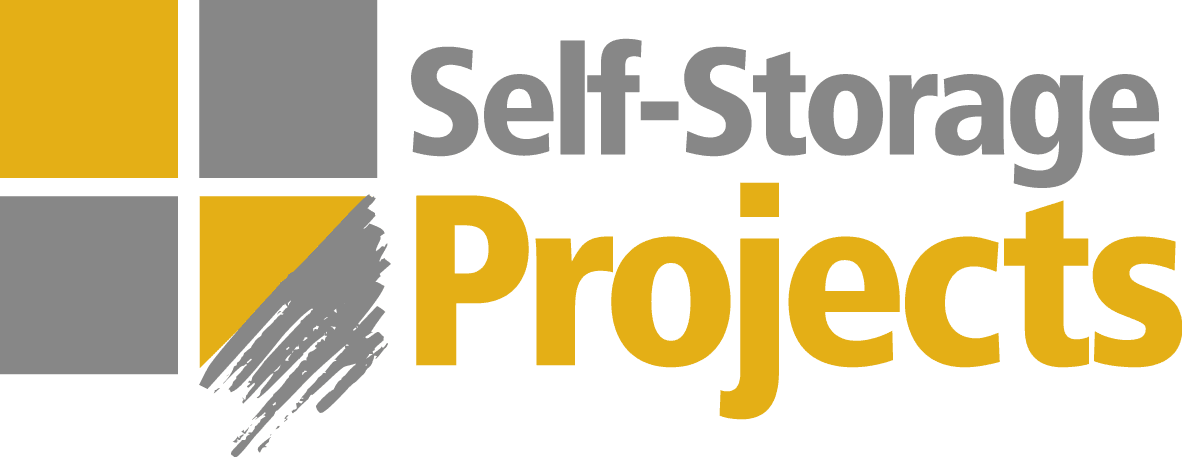The Evolution and Future of the European Self-Storage Industry

Origins and Early Development
The self-storage industry in Europe traces its roots back to the 1980s, significantly lagging behind its U.S. counterpart, which began in the 1960s. Early adoption was slow, with the first facilities emerging in the United Kingdom and Scandinavia. Unlike in the U.S., where suburban sprawl and ample land facilitated rapid growth, Europe’s densely populated cities, limited urban space, and stricter zoning regulations hindered development.
Throughout the 1990s, pioneers in the UK and France began to establish self-storage facilities, targeting urban centers where space constraints and rising housing costs created demand for external storage solutions. Early operators relied on converting existing buildings, such as warehouses and industrial facilities, due to high real estate costs.
Rapid Expansion: 2000s to 2020s
The turn of the millennium marked a period of steady growth as awareness and acceptance of self-storage increased. By the 2000s, larger players such as Safestore, Shurgard, and Big Yellow entered the market, bringing professionalization and scale to the industry.
Key milestones during this period include:
- Geographic Expansion: The industry spread from the UK to continental Europe, particularly to France, Spain, and Germany.
- Institutional Investment: The entry of private equity and institutional investors provided the capital necessary for expansion and innovation.
- Consumer Behavior: Increasing urbanization, smaller living spaces, and a shift toward renting over homeownership fueled demand for self-storage.
The 2010s saw the industry evolve into a mainstream asset class. Industry associations like the Federation of European Self Storage Associations (FEDESSA) provided benchmarks, while growing investor interest culminated in record-breaking deals, such as the acquisition of Shurgard by Public Storage in 2018.
Current Landscape
Today, Europe boasts over 9,500 facilities with 16.5 million square meters of self-storage space. The UK remains the largest market, but countries like Spain and Germany are witnessing accelerated growth. Despite this progress, the European self-storage market remains underpenetrated compared to the U.S.:
- Europe averages 0.2 square meters of storage space per capita, compared to 0.8 square meters in the U.S.
- Many regions, including Eastern Europe, remain largely untapped, presenting significant opportunities for expansion.
Predictions for the Future
The European self-storage industry is poised for continued growth, driven by several factors:
- Urbanization and Housing Trends
As European cities become denser and housing costs rise, the demand for external storage will increase. Cities like Berlin, Madrid, and Warsaw are expected to emerge as key growth hubs. - Technology Integration
Automation, contactless rentals, and remote management systems will become industry standards, improving efficiency and customer experience. Investors are already favoring technology-forward operators. - Institutionalization and Consolidation
With growing institutional interest, mergers and acquisitions will likely consolidate the industry, leading to the dominance of a few large players. Smaller, regional operators may face challenges unless they differentiate through niche offerings. - Sustainability
Environmental concerns will shape future development. Operators are increasingly adopting sustainable practices, such as energy-efficient facilities and adaptive reuse of existing buildings. - Emerging Markets
Countries in Eastern and Southern Europe, where self-storage remains a novel concept, offer immense potential. As disposable incomes rise and consumer habits shift, these regions are expected to mirror the growth trajectories seen in Western Europe over the past two decades.
Conclusion
The European self-storage industry, from its modest beginnings in the 1980s, has matured into a dynamic, high-growth sector with significant untapped potential. Its future will be shaped by urbanization, technological advancements, and the need for efficient, sustainable solutions. For investors, the combination of stable cash flows and robust growth prospects positions the industry as an attractive asset class in the coming decade.
By placing the industry’s development within this historical context, we gain a clearer vision of its trajectory and the exciting opportunities that lie ahead.
